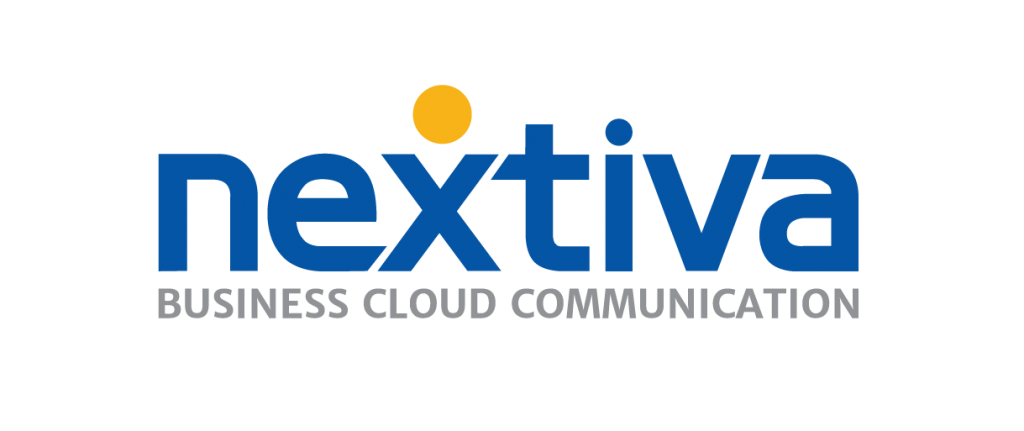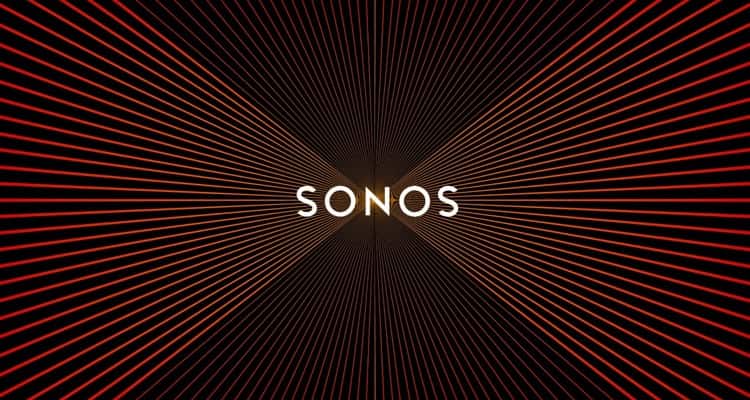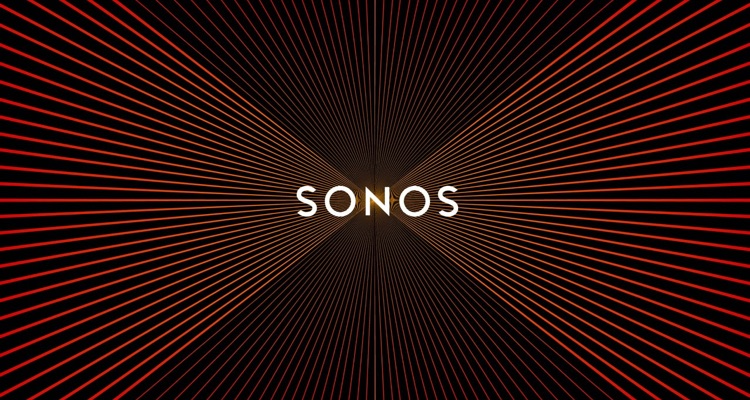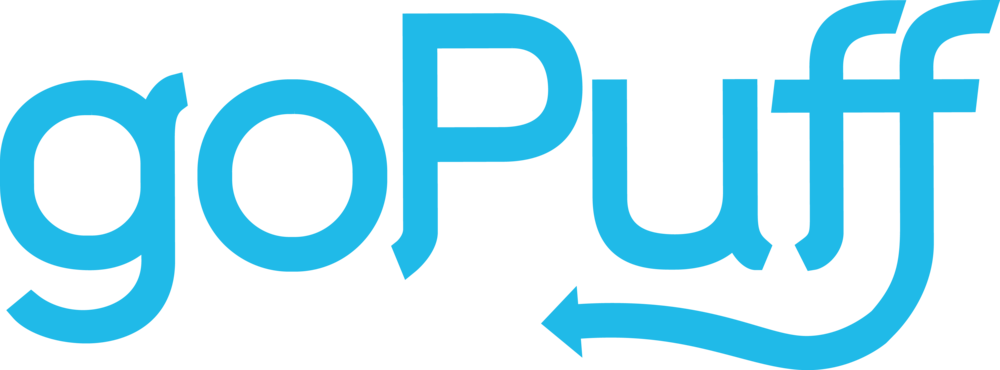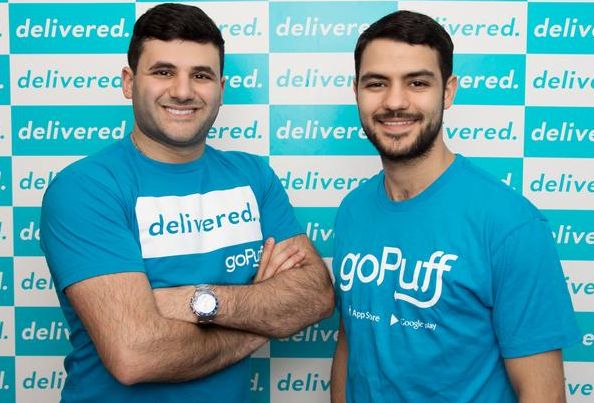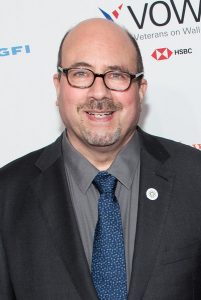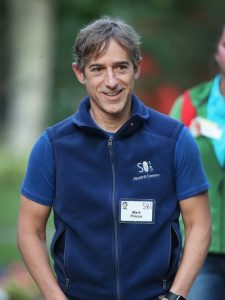Tomas Gorny : The CEO and Founder of UnitedWeb, NextVita, IPOWER
There are times when people fail, but only the ones who don’t let their spirits fail, reach their goals. One such personality, who fought with all the ups and downs, is Tomas Gorny, who despite many challenges, never gave up on hard work, and even after, becoming bankrupt, did not lose hope and continued to work for his aims. Today, he is the CEO of a multi-million company, and all the strategies that he used to succeed have become the inspiration for other aspiring entrepreneurs.
Gorny was born in 1975, in Poland. He belonged to a relatively poor family. He had always heard that in the U.S. there is a better life, and you are paid on the basis of your hard work. This had ignited a desire in him to go to the U.S. But before that at the age of 7, he got the chance to visit Germany, which was a life-changing experience for him. In the next seven years, he was convincing his parents to move to Germany, so that he could go to a better school and they could have a better life.

When he was 14 years old, he along with his family, moved to Germany. In Germany, he attended a business school, from where his interest in entrepreneurship started to grow. In the class, he was the second best student, and in three years, he was running a PC distribution service in Europe. Here as a 17 years old his smart work worked for him, and he was more successful than his other competitors. According to Gorny, this was the time, when he started believing in himself, and he developed great business skills. Despite all the success in Germany, he had never forgotten his dream of moving to the U.S., and after completing six years, in Germany, Gorny migrated to Los Angeles.
In Los Angeles, he started a web hosting company, named Internet Communications and became a part owner of that company. During his time ar Internet Communication, he struggled financially. He was 20, and he had to work in double shifts to bear with his daily expenditures. He also worked as a carpet cleaner and a valet and lived on $3 a day in terms of a food allowance. Only after two years at the company, it got acquired by another company, which made Gorny a millionaire. Gorny was a 22 years millionaire.
Gorny knew that nothing is forever, so, he started investing in various other ventures to utilize his newly earned money and increase the profits. But there came the famous dot-com crash, followed by the 9/11 mishappening, bringing him back to the start, wiping off all his wealth. He was left with his car and a $6000 in his bank account.
But as is always said, hard work will pay you off. Gorny had gained enough experience with his hard work. The asset of his experience encouraged him to start his business once again, such that even after his bankruptcy, he kept on experimenting and launched and sold two companies. Later, by the end of 2001, he launched another hosting service under the company name IPOWER with his $6000.
The company had a new strategy. Other companies were selling everything at different prices as separate products, whereas IPOWER had a single package that included all from domain to hosting, that too for $7.95. Also, the company offered one-click installation and control panels for web hosting. The formula worked, and within six years, IPOWER was the second big hosting company after GoDaddy. In 2007, the company hit the million user spot, and that was the time when it had a merger with a company called Endurance, Gorny remaining the CEO. In 2011, the company was sold to Goldman-Sachs for a billion dollars, and Gorny left the company, remaining a member of the board.
In 2008, Gorny started United Web, as the parent company for his next venture, named Nextiva. He had started working on Nextvita in 2006, Nextvita was the result of a lack of innovation in the telecom industry. Gorny founded an opportunity in the same and took phone system and brought it to the cloud. After six years of its inception, the company became the third largest privately-held business cloud communication provider in Arizona. The company is headquartered in Scottsdale, United States and has over 700 employees (as of 2017).
In the beginning, when Gorny was working in Germany, his accent was considered the biggest flaw in him. But in the years passed by, he made it his biggest asset. He says, “Your obstacles are your strength. Your biggest strength is going to be sometimes your biggest weakness.”

Yashica is a Software Engineer turned Content Writer, who loves to write on social causes and expertise in writing technical stuff. She loves to watch movies and explore new places. She believes that you need to live once before you die. So experimenting with her life and career choices, she is trying to live her life to the fullest.
